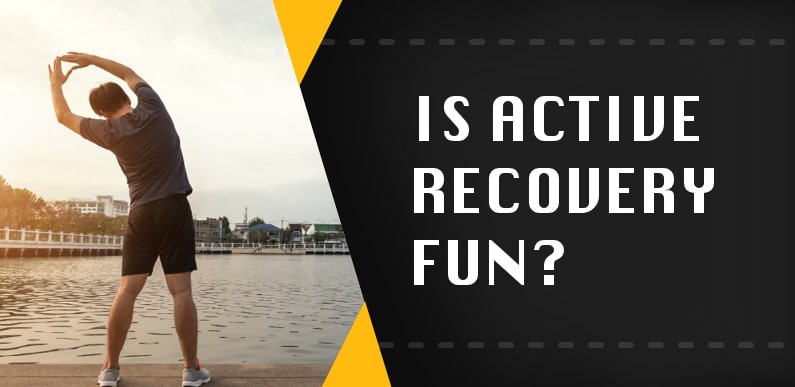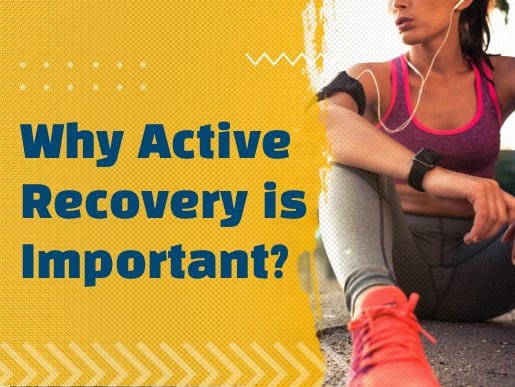Have you ever been unable to touch your toes? You bend over and you feel that hot burn in the back of your legs. You reach out and your fingers just can’t quite get to those toes.
Or have you ever had an itch on your back that you just couldn’t quite reach? You reach that arm around and frantically try to scratch, but you can’t get to it?
Flexibility is the ability of your muscles, ligaments, and other connective tissues to stretch temporarily.
It might be time to consider training your flexibility. Flexibility is a vital part of living a healthy life. Being flexible is one of the things that will truly make your day-to-day life easier. As you get older, you’ll remain feeling young and mobile.
Flexibility…
- Improves your performance during physical activity
- Prevents injury
- Improves your range of motion
If you’re looking to add some flexibility training into your workout, try these helpful tips!
1. Stretch frequently
Practice makes it perfect and when it comes to flexibility and stretching frequently it’s the best way to do it. It doesn’t take a lot, either. Just 10-15 minutes per day a few times per week and you’ll see improvement in your flexibility. Try to make it a part of your nightly or morning ritual.
There are a couple of different ways to stretch: static and dynamic. Static stretching is probably what you think of when you think of stretching. It’s when you enter a stretch and hold for a certain period. Dynamic stretches involve putting your muscles through their entire range of motion.
Static stretching is best when the muscles are already “warm”, such as after a workout. Dynamic stretches are a great way to warm up your body.
2. Exercise frequently
Moving your body is the best way to increase your mobility. As you exercise more and more frequently, your muscles and other connective tissues will be able to take more stretching and you will become more flexible. Maybe soon you’ll be able to do the splits and put a foot behind your head!
Strength training, such as lifting weights, will naturally increase your flexibility and range of motion as you do it more often. Another great form of flexibility-based training is yoga. Yoga puts your body into all kinds of practical and challenging poses that will work your flexibility.
3. Listen to your body
Your body knows what it can and cannot do. If you find yourself struggling to perform an action like reaching for a high shelf or touching your toes, you may need to focus on flexibility.
Your body will be well aware of what your weaknesses are. You have to recognize those weaknesses and make the necessary adjustments in order to fix them.
On the flip side, your body will also know when you are pushing yourself too hard. If you find stretches painful, not just uncomfortable, stop doing them. You do not want to injure yourself. Knowing your limits is the safest way to exercise.
Click here to read more Recovery related blogs.






